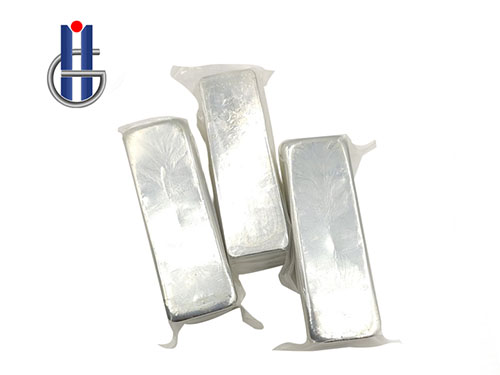Solder wire is a material commonly used for electronic assembly and repair, typically employed to connect electronic components on circuit boards. Here are the basic steps for using solder wire:
Material Preparation:
Solder Wire:
Choose solder wire with the appropriate diameter and chemical composition, usually one with a flux core for electronics applications.
Soldering Iron and Soldering Station:
Prepare a soldering iron and soldering station. Ensure that the soldering iron tip is clean, and heat the soldering iron to the appropriate temperature.
Auxiliary Tools:
Prepare auxiliary tools such as tweezers, solder sucker, or a damp sponge for cleaning the soldering iron tip.
Steps:
Setup:
Place the components and circuit board in your workspace.
Insert one end of the solder wire into the soldering iron's soldering station, ensuring that the flux core is correctly assembled on the solder wire.
Heat the Soldering Iron:
Turn on the soldering iron and wait for it to reach the proper operating temperature. Typically, the working temperature for electronic soldering is between 350°C to 400°C.
Prepare the Soldering Surface:
Clean the surface to be soldered, ensuring it is clean, smooth, and free from oxidation. Use tweezers or other tools to hold the components in the correct position.
Apply Solder:
Gently press the soldering iron tip onto the soldering surface to slightly heat it.
Apply a small amount of solder onto the soldering surface to facilitate heat transfer.
Solder Connection:
Gently press the other end of the solder wire onto the soldering surface, making contact with the component.
Continue heating until the solder wire completely melts, forming a uniform connection.
Allow the solder joint to cool, ensuring a secure connection.
Clean and Tidy Up:
Use a damp sponge or other cleaning tool to clean the soldering iron tip, removing excess solder and oxidation.
Inspection of Connections:
Inspect the soldered connections, ensuring they are even, smooth, and free from cold joints or short circuits.
Use a solder sucker or reheat solder as needed for repairs.
These are general steps for using solder wire. Ensure that appropriate safety measures are taken during soldering operations, such as wearing proper protective eyewear, and work in a well-ventilated environment.



 High Purity Tin Ingot: Crucial Applications and Benefits
High Purity Tin Ingot: Crucial Applications and Benefits
 Pure Tin Ingot: Essential Material for Diverse Industrial Applications
Pure Tin Ingot: Essential Material for Diverse Industrial Applications
 Unlocking the Potential of Pure Tin Bars: Essential Components for Diverse Industries
Unlocking the Potential of Pure Tin Bars: Essential Components for Diverse Industries
 Lead Bar for Sale: Uses, Specifications, and Buying Considerations
Lead Bar for Sale: Uses, Specifications, and Buying Considerations